They look stunning in magazines, social media posts, and gardening catalogs—lush, colorful, and seemingly effortless. But some plants are more photogenic than practical. Behind their perfect appearance, many of these “camera-ready” beauties are demanding, delicate, or downright difficult to keep alive in a real-world garden. They may need precise conditions, constant care, or bloom briefly before fading fast.
That’s why we’ve rounded up 20 plants that might dazzle on your feed but disappoint in your soil. This isn’t about avoiding them entirely—it’s about knowing what you’re signing up for. If you’re dreaming of a garden that looks great year-round and won’t test your patience, consider this your friendly reality check before planting.
Monstera Deliciosa
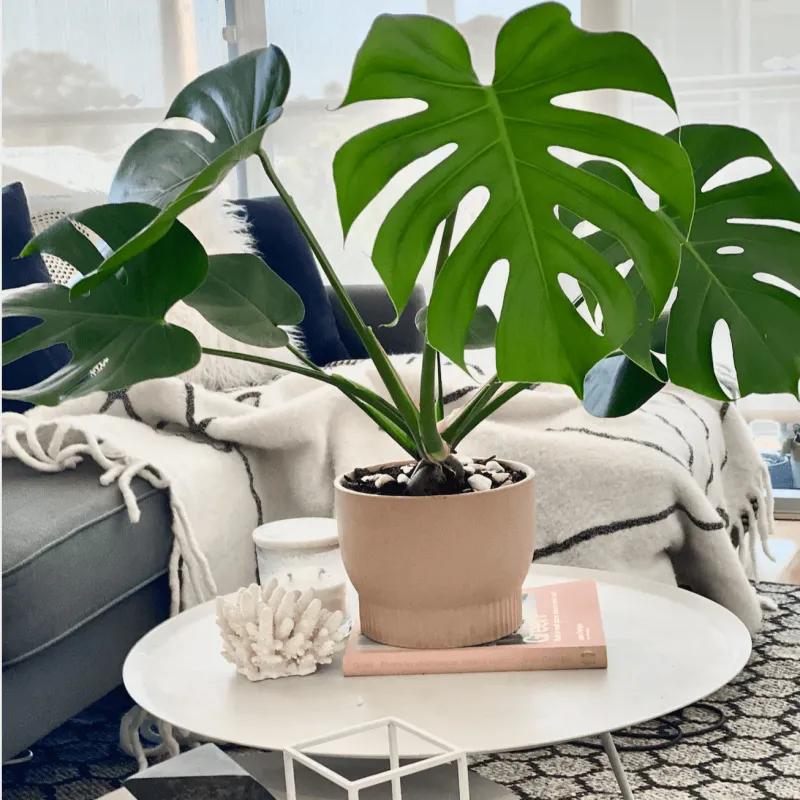
Monstera Deliciosa is the Instagram darling of the plant world, thanks to its striking leaves that mimic Swiss cheese. Yet, replicating its natural rainforest habitat at home is no small feat. It demands high humidity levels and indirect lighting, conditions often hard to maintain indoors. Too much sun can scorch its leaves, while too little results in leggy growth. For best results, place it near a north-facing window and mist regularly. While it’s easy on the eyes, keeping this plant happy requires dedication. Don’t be fooled by its photogenic charm; it needs more than just admiration to thrive.
Fiddle Leaf Fig
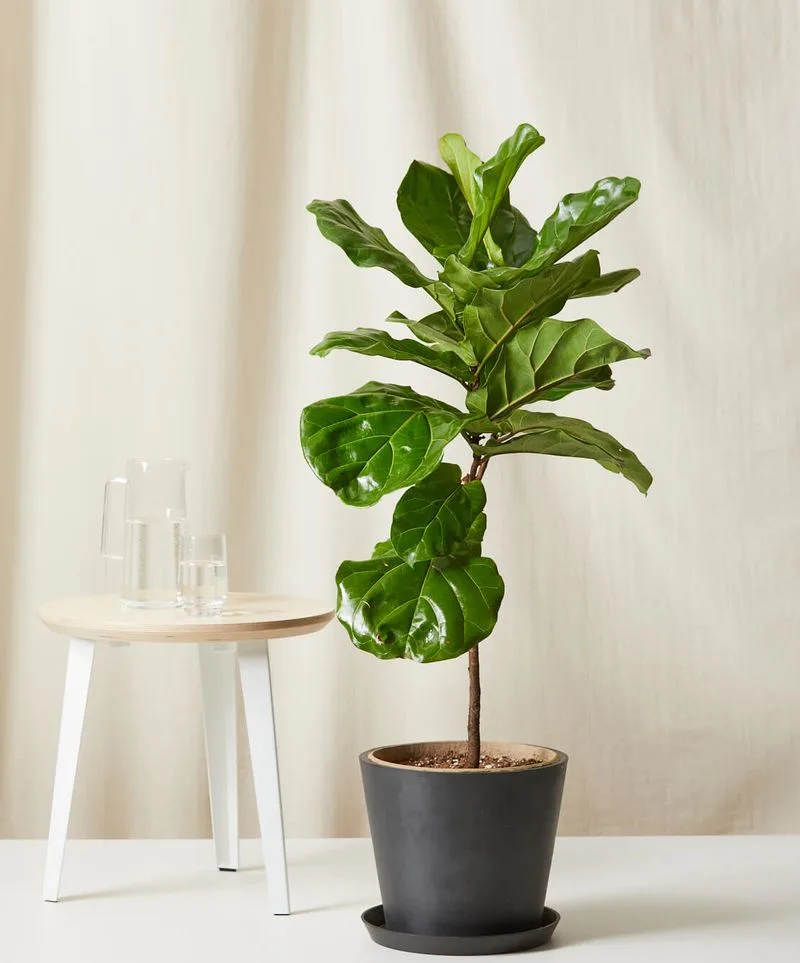
Fiddle Leaf Figs have become synonymous with chic interiors, boasting large, lush leaves that scream sophistication. Despite their glamorous look, they are notoriously finicky. These beauties crave bright, filtered light and abhor sudden changes in environment. A slight draft or overwatering can trigger a cascade of leaf drop cycles, leaving your prized plant looking sparse. Consistency is key; keep it in a stable spot and water sparingly. Though it photographs beautifully, the effort to keep this fig content is considerable. Its elegance comes with a learning curve for plant enthusiasts.
Orchid
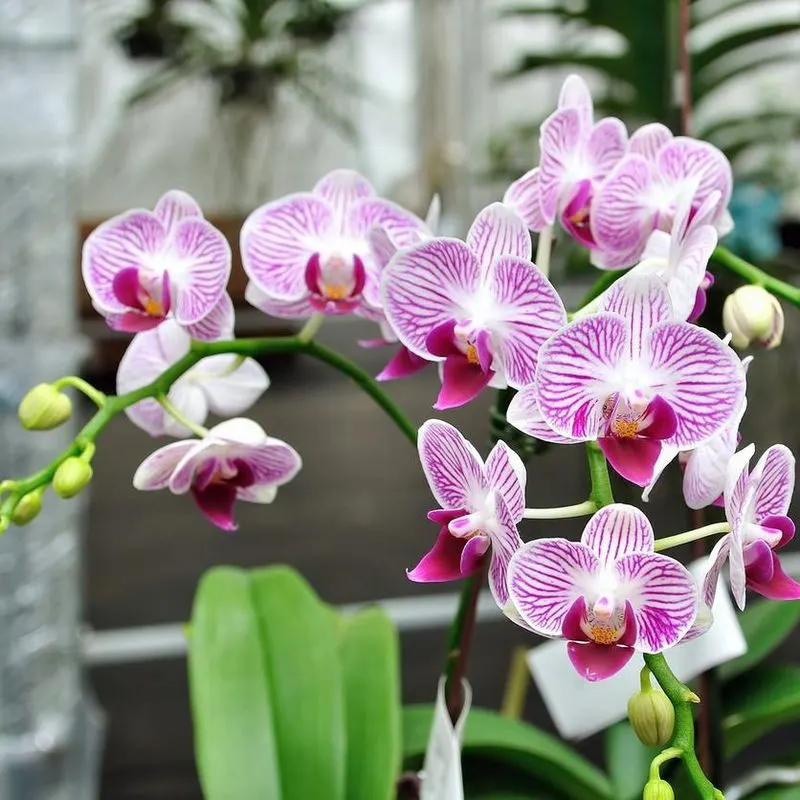
Orchids are the epitome of floral elegance, gracing many a photograph with their exotic beauty. However, these tropical stunners demand a lot from their caregivers. With their roots needing just the right amount of moisture, overwatering can be a quick demise. They thrive in indirect sunlight and require a specific temperature range to bloom. Replicating a tropical environment in a temperate home is challenging. Though their blossoms are breathtaking, nurturing an orchid to flower is a test of patience and precision. Their allure is matched only by the attention they demand.
Bonsai Tree
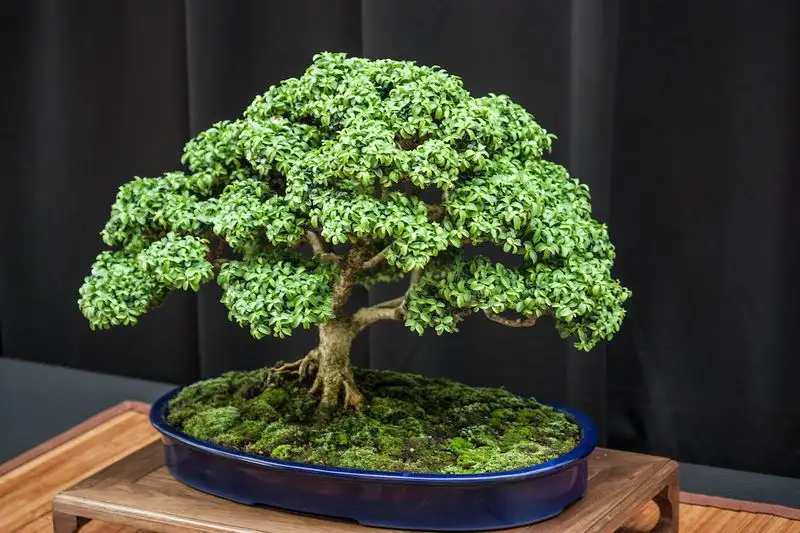
Bonsai trees are miniature marvels, capturing the grandeur of nature in a small package. Their meticulous care requirements, however, are anything but miniature. Each tree demands careful pruning, watering, and climate control to thrive. They require a delicate balance of sunlight and moisture, and any misstep can quickly lead to decline. Mistakes are often visible, and recovery can be slow. Despite their stunning appearance in photos, growing a bonsai is a commitment to detail and craftsmanship, not just a decorative hobby. Their beauty belies the effort required to maintain their elegance.
Lithops
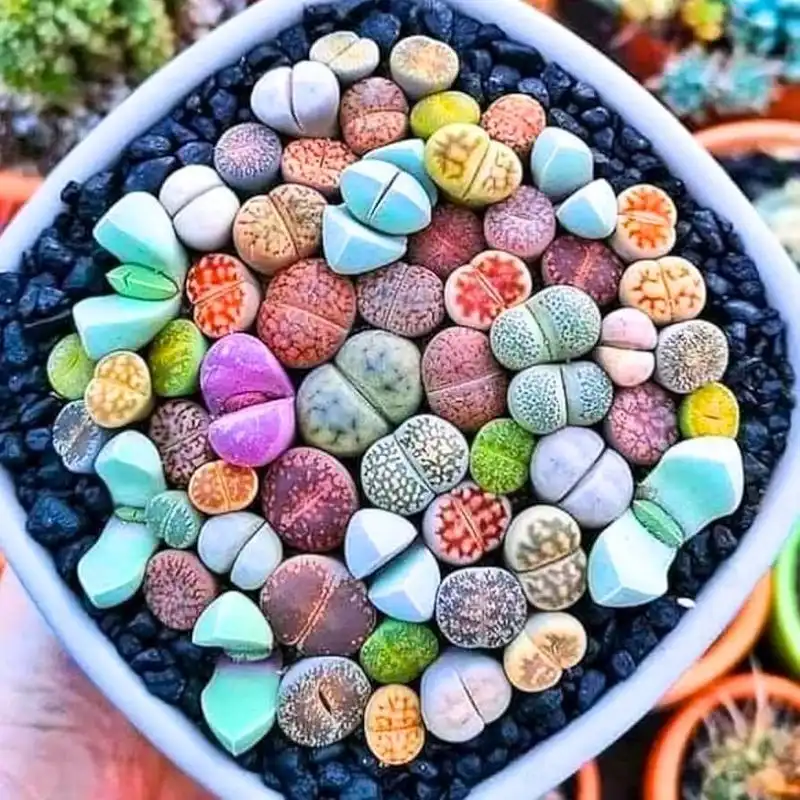
Lithops, commonly known as “living stones,” are an exotic delight for photographers. Their stone-like appearance makes them a conversation starter in any home. However, these succulents have specific care needs that often baffle beginners. They require minimal watering, and too much moisture can lead to rot. They thrive in bright light but can be sensitive to direct sun exposure. With a unique growth cycle, understanding when to water can be perplexing. Despite their captivating look, lithops demand an understanding of their desert origins to truly flourish indoors.
Azalea
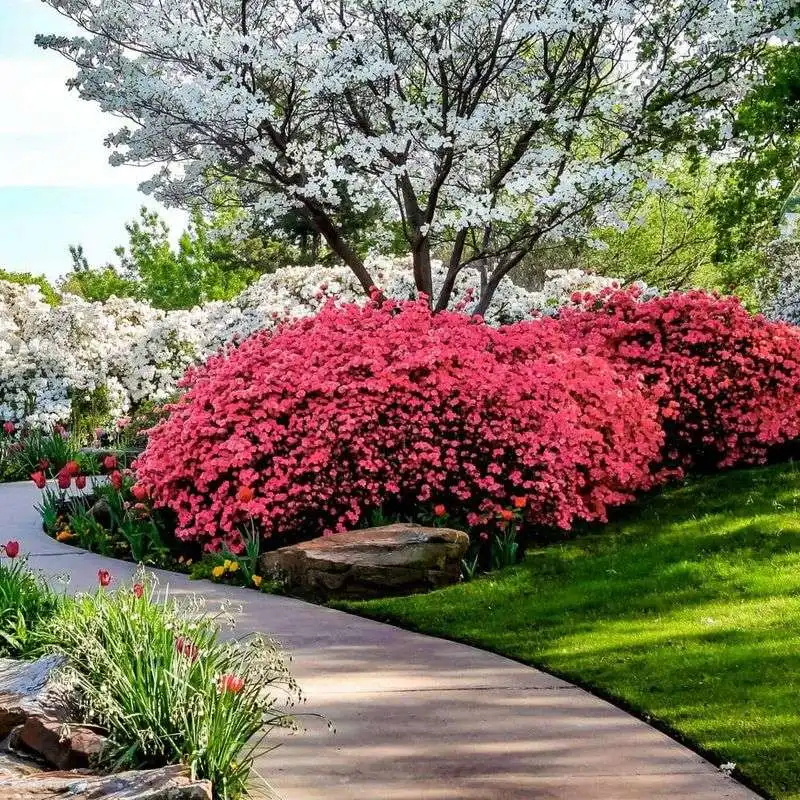
Azaleas, with their profusion of vivid blooms, create a spectacle in any image. These shrubs thrive in acidic soil and require well-drained conditions to flourish. High humidity and dappled sunlight mimic their native habitat, but replicating this can be challenging outside a controlled environment. Prone to pests and diseases, they require vigilant care to maintain their beauty. While they burst with color in photos, azaleas can be temperamental in real gardens. Understanding their needs is key to preventing a disappointing display. Their floral show is mesmerizing, but it comes with horticultural hurdles.
Blue Agave
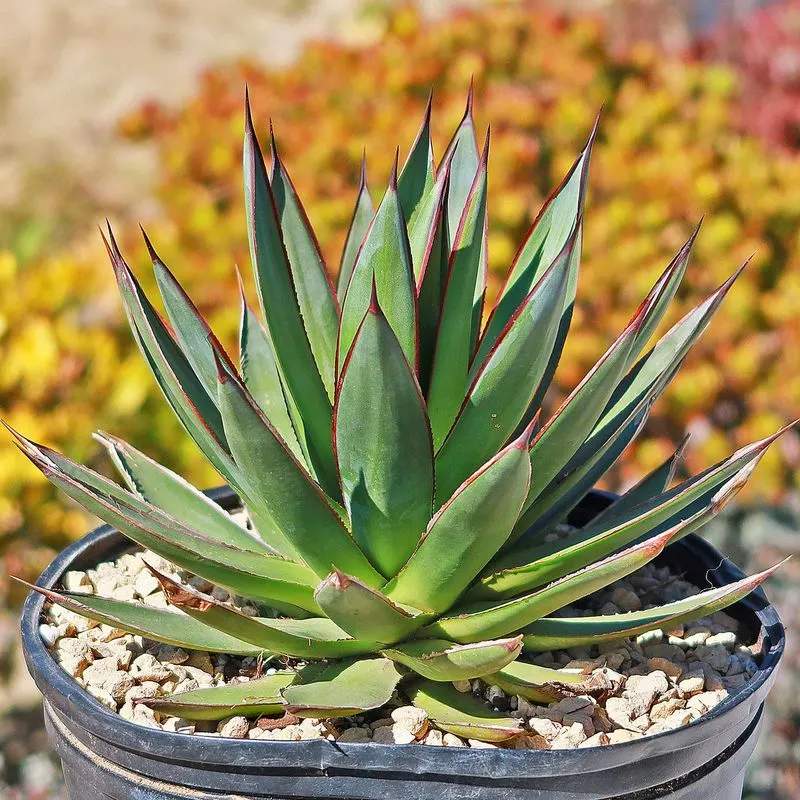
The Blue Agave, iconic for its bold rosette of blue-green leaves, is a standout in dry, arid climates. Its sculptural form makes it a favorite among photographers. However, its size and spiky nature can pose challenges in a regular garden setting. Thriving in low-water environments, it demands well-draining soil and ample sunlight. Overwatering or poor drainage can lead to root rot. Though its dramatic appearance is photogenic, growing this succulent requires a specific setting that mimics its desert origins. It’s a plant of patience, rewarding when its needs are met.
Gardenia
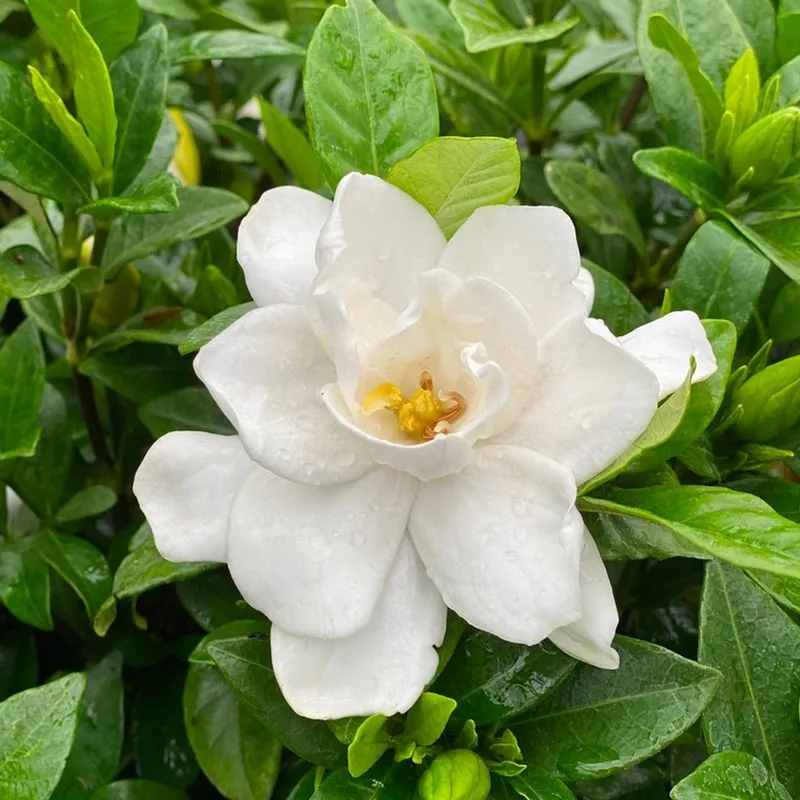
Gardenias enchant with their sweet fragrance and ivory blooms, captivating both photographers and garden admirers. These beauties, however, require precise conditions to flourish. They thrive in humid environments with acidic soil and are sensitive to temperature fluctuations. A sudden chill or too much sun can cause bud drop, dashing hopes of a full bloom. Maintaining their lush appearance demands consistent care. While they look heavenly in photographs, cultivating gardenias involves navigating their finicky nature. Patience and attention to detail are essential for those wishing to enjoy their aromatic display.
Wisteria
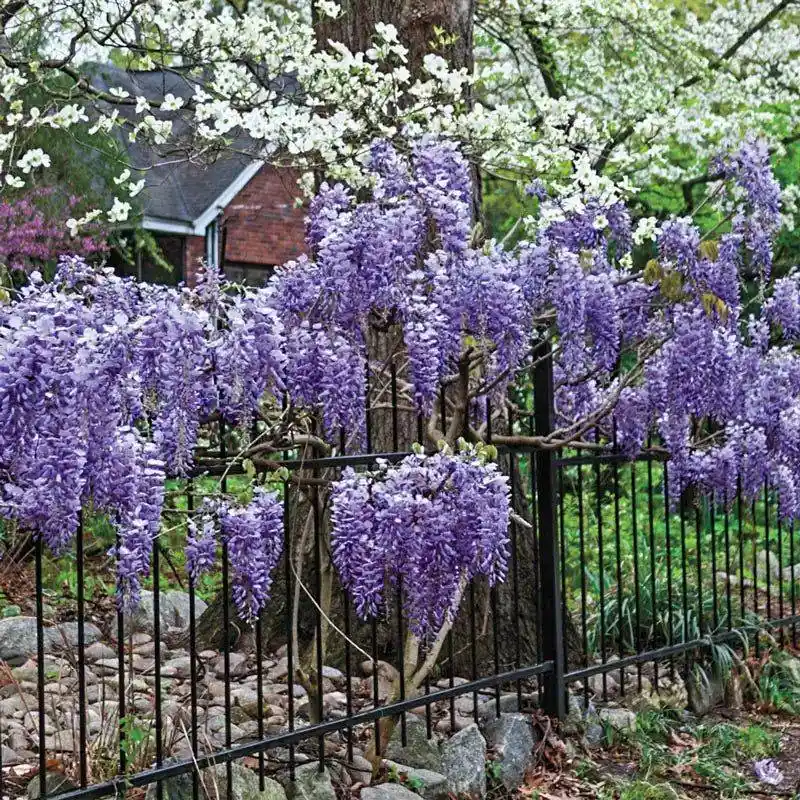
Wisteria vines offer a fairy-tale visual, with their cascading blooms and lush greenery creating a magical atmosphere in photos. Yet, their vigorous growth can be overwhelming in a garden. These climbers require regular pruning to prevent them from overtaking other plants, and they need strong support structures to showcase their beauty. Additionally, wisteria demands patience, as it can take years before flowering. While their visual impact is undeniable, managing a wisteria’s growth is a task for the dedicated gardener. Their floral display is enchanting but comes with its fair share of challenges.
Peony
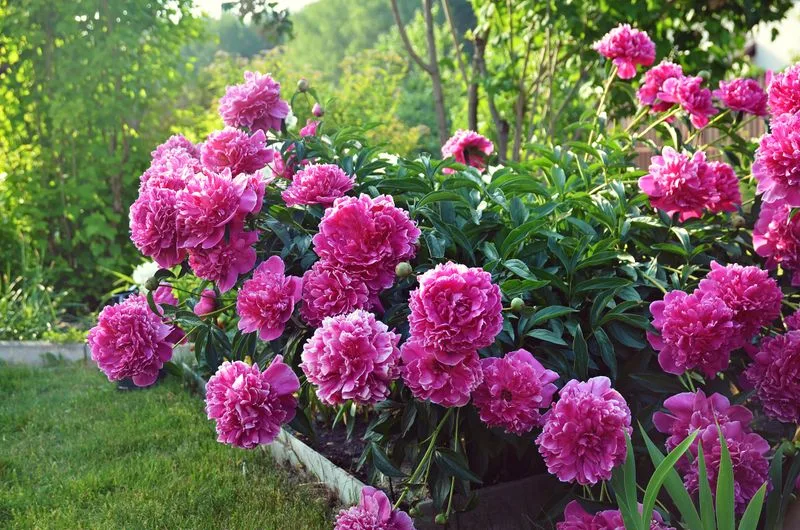
Peonies are the darlings of floral photography, with their full blooms and soft, romantic hues lighting up any frame. However, these perennials aren’t always the easiest to grow. They require cold winters to bloom, limiting their geographic range. Peonies also need well-drained soil and careful spacing to avoid diseases like botrytis. Despite their delicate appearance, they are heavy feeders and demand rich soil. Their stunning blossoms are worth the effort, but cultivating peonies requires understanding their seasonal and environmental needs. Their beauty in photos belies the careful cultivation they require.
Lavender
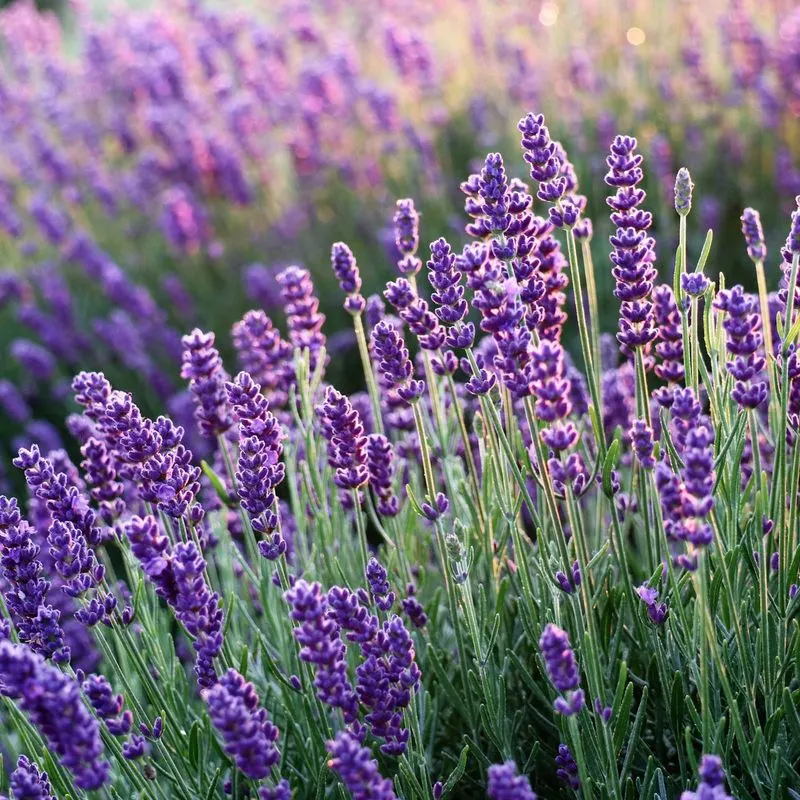
Lavender’s picturesque rows of purple flowers have captured the hearts of many photographers. This fragrant herb thrives in Mediterranean climates, requiring full sun and well-drained, alkaline soil. While its scent is calming, maintaining lavender’s health can be challenging in humid or overly wet environments. Root rot is a common issue if drainage is poor. Pruning is essential to prevent woody growth and encourage more blooms. Though lavender fields are a dream to photograph, growing it demands a climate akin to its native habitat. Its appeal is timeless, but so is the commitment it requires.
Japanese Maple
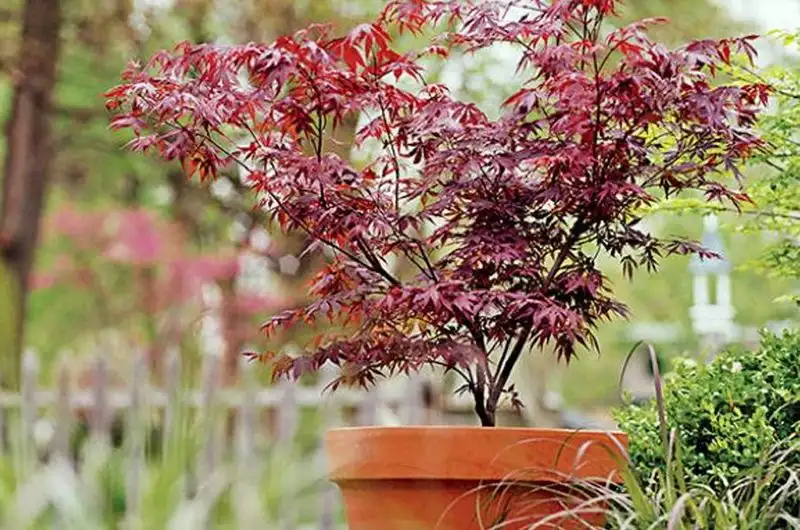
The Japanese Maple graces many a landscape with its striking foliage that changes color with the seasons. Its elegant form is a photographer’s delight. These trees prefer sheltered spots with well-draining soil and some shade. Their delicate leaves can scorch in harsh sunlight or suffer in excessive wind. They require balanced watering practices to thrive. Despite their captivating beauty, Japanese Maples can be sensitive to environmental stressors. Their presence in a garden adds a touch of serenity, but they demand a gardener’s careful attention to maintain their picturesque appearance.
Roses
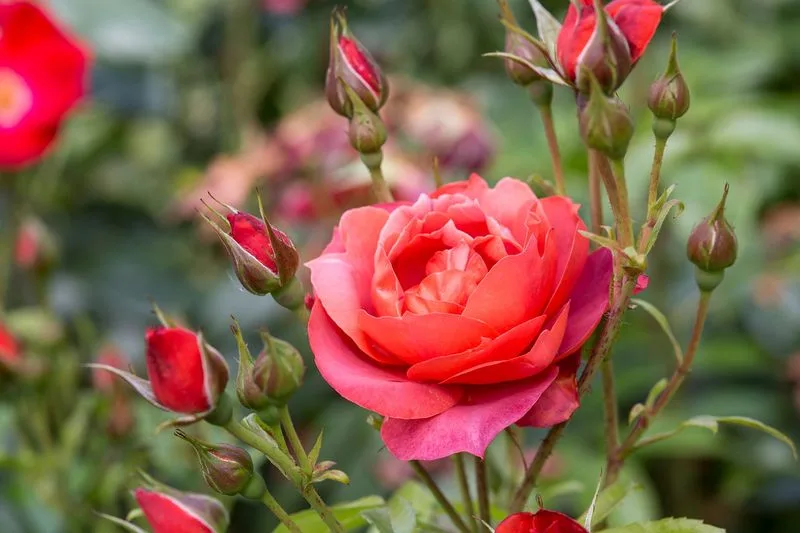
Roses, the quintessential symbol of love, are favored by photographers for their timeless beauty. Despite their allure, roses are high-maintenance. They require well-drained soil, regular pruning, and vigilance against pests and diseases like black spot and aphids. Their need for consistent sunlight and watering makes them less forgiving of neglect. While they provide stunning visuals, nurturing roses involves dedication and careful attention to detail. Their blooms are indeed captivating, but achieving a healthy rose garden is a labor of love, requiring both time and expertise.
Calathea
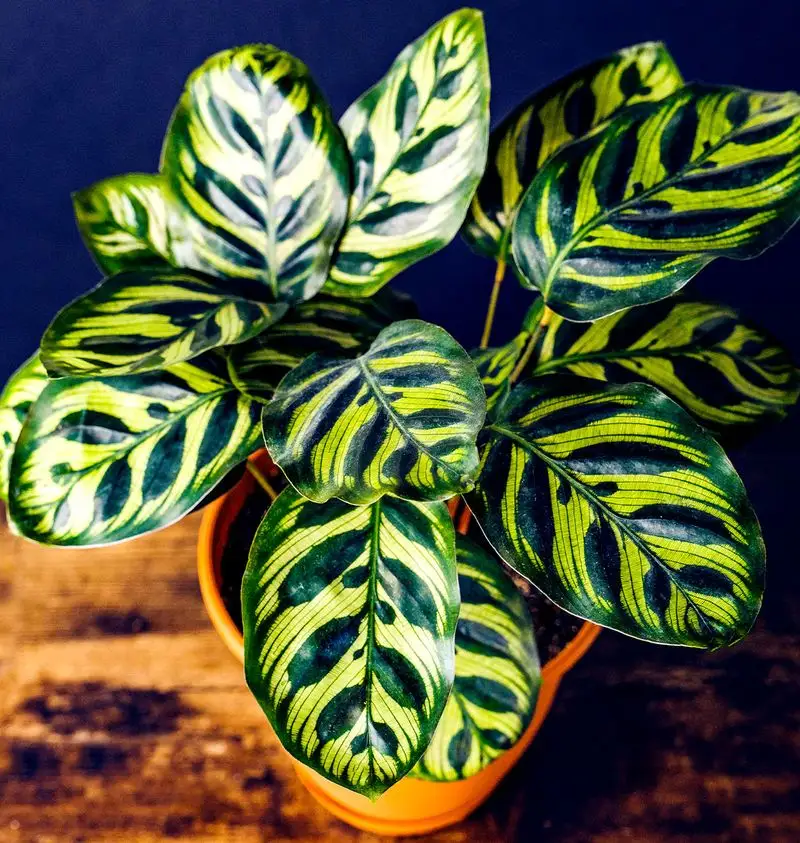
Calatheas are admired for their striking leaf patterns, earning them a spot in many plant lovers’ collections. Their leaves fold up at night, adding a dynamic touch to any room. However, these tropical plants require high humidity and consistent moisture, conditions challenging to maintain in most homes. They are sensitive to water quality, preferring distilled or rainwater. Misting and pebble trays can help mimic their natural environment. While their foliage is visually arresting, caring for Calathea involves a commitment to creating a suitable microclimate indoors. Their ornamental appeal is matched by their care requirements.
Tulips
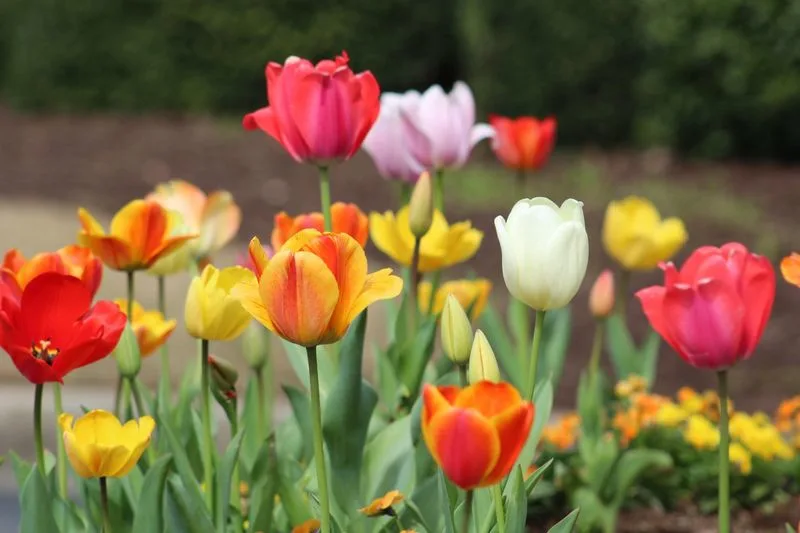
Tulips grace many gardens with their vibrant blooms and are a favorite in spring photography. Despite their cheerful appearance, they can be tricky to cultivate. These bulbs require a cold dormant period, making them unsuitable for warmer climates. Well-draining soil is essential to prevent rot, and they are prone to diseases like tulip fire. While they bring a burst of color to any scene, maintaining tulips requires careful planning and attention to seasonal changes. Their ephemeral beauty in photos disguises the diligence needed to ensure a thriving tulip garden each year.
Maidenhair Fern

Maidenhair Ferns are beloved for their delicate, feathery fronds that add a touch of elegance to any setting. However, these ferns are known divas in the plant world, requiring constant humidity and indirect light. Dry air and inconsistent watering can lead to browning leaves. They thrive in bathrooms or terrariums where moisture is abundant. While their gentle appearance is enchanting, maintaining a Maidenhair Fern is an exercise in precision. Their sensitivity to environment changes makes them a challenge for even experienced plant enthusiasts. Their beauty is a testament to nature’s intricate designs.
Hydrangea
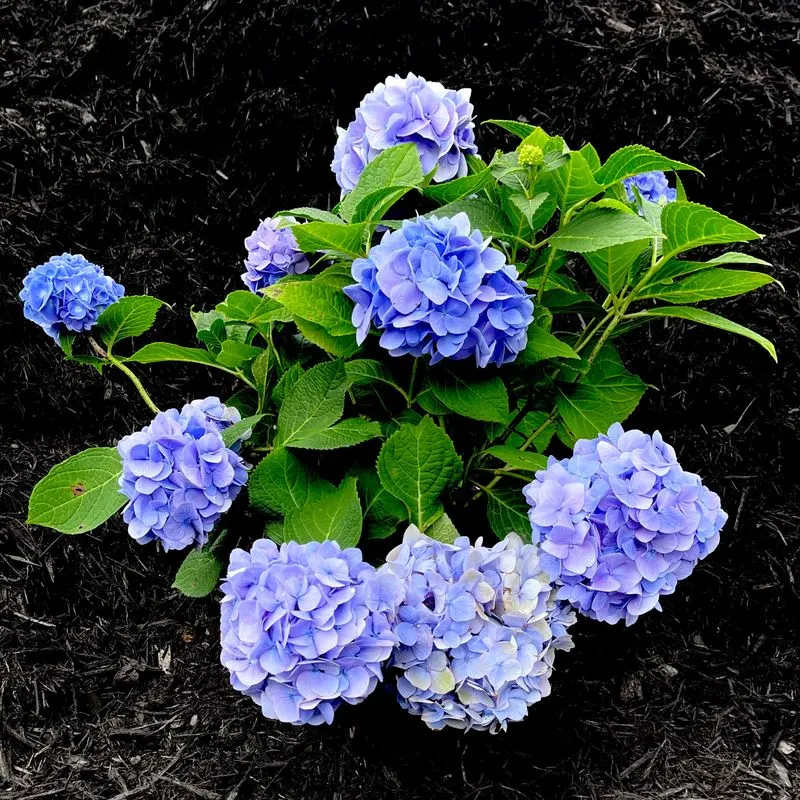
Hydrangeas, with their pom-pom blooms, are a favorite subject for garden photographers. They thrive in rich, well-drained soil and require regular watering to maintain their lush appearance. Their color can change based on soil pH, adding an extra layer of fascination. However, they are sensitive to heat and require shelter from harsh afternoon sun. Pruning is essential for healthy growth and bloom renewal. While their presence is undeniably captivating, caring for hydrangeas requires knowledge and dedication. Their charm in photos is matched by the commitment needed to keep them flourishing.
Cactus
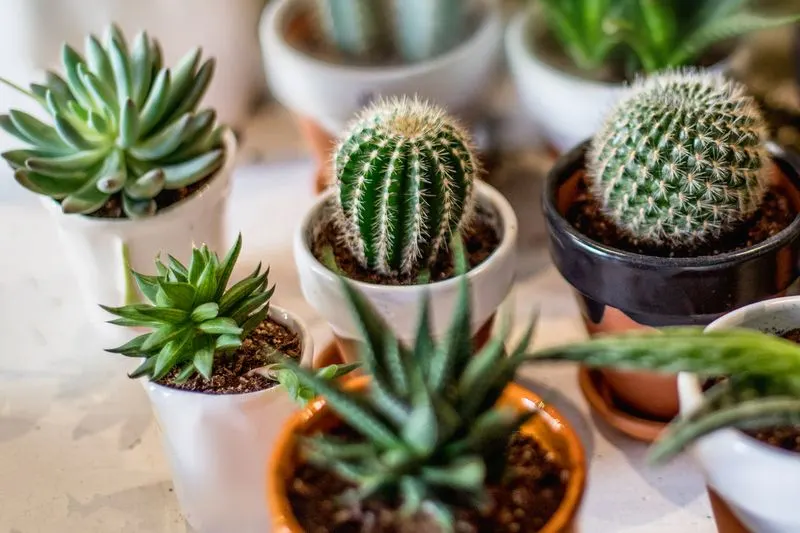
Cacti have a unique charm, with their diverse shapes and resilience making them popular in photography. They thrive in arid conditions, requiring minimal water and lots of sunlight. Despite their hardy appearance, overwatering is a common pitfall that can lead to root rot. They need well-draining soil and careful placement to avoid sunburn or frost damage. While they seem easy to care for, maintaining a cactus in regions with high humidity or cold temperatures can be challenging. Their structural beauty belies the specific care they require to remain healthy and vibrant.
Dahlia
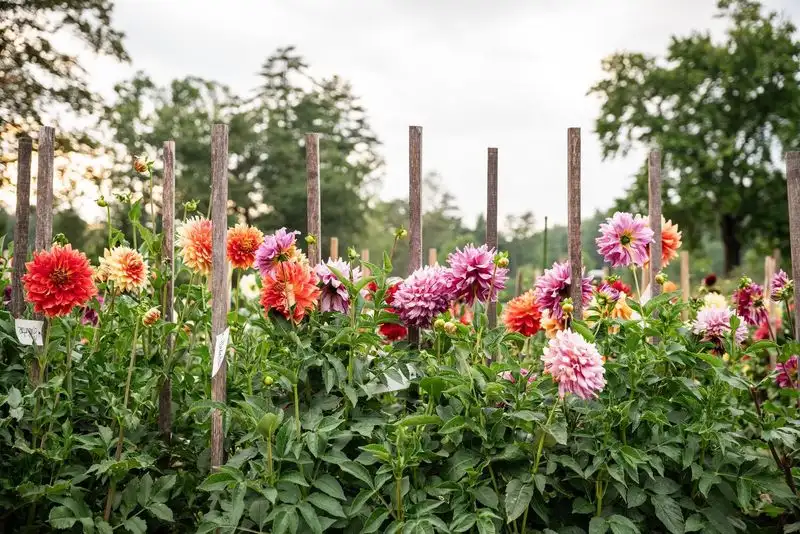
Dahlias captivate with their intricate, multi-layered blooms, making them a photographer’s delight. These tuberous plants need fertile, well-drained soil and ample sunlight to thrive. They are heavy feeders and require regular watering, yet overwatering can lead to rot. Dahlias are also frost-sensitive, requiring careful seasonal planning for planting and storage. Their stunning appearance in floral arrangements is matched by the effort needed for cultivation. Growing dahlias is a rewarding journey that demands a balance of soil management, climate control, and attentive care. Their vibrant blooms are a gardener’s triumph.
Camellia
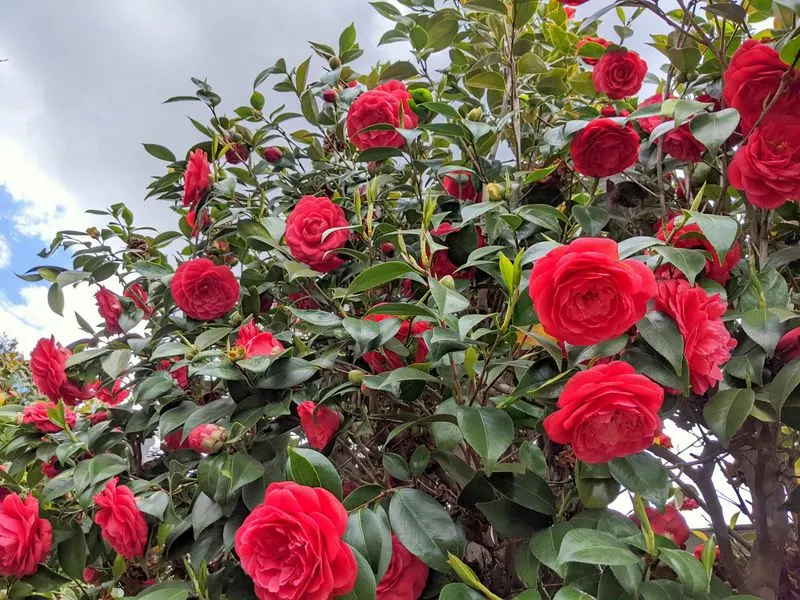
Camellias are revered for their glossy leaves and exquisite blooms, often compared to roses. These evergreen shrubs prefer acidic, well-drained soil and are sensitive to root disturbances. They thrive in partial shade, making them ideal for woodland gardens. However, they are prone to petal blight and require protection from harsh sunlight and wind. Their beauty is timeless, but maintaining camellias involves understanding their specific environmental needs. The elegance they bring to gardens is a result of careful placement and attentive care. Their blooms are a testament to the art of gardening.

